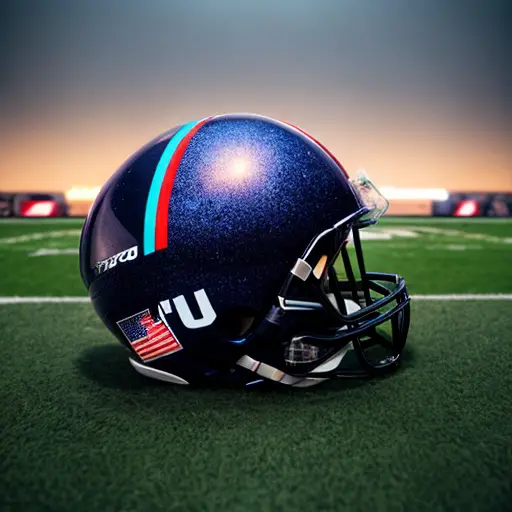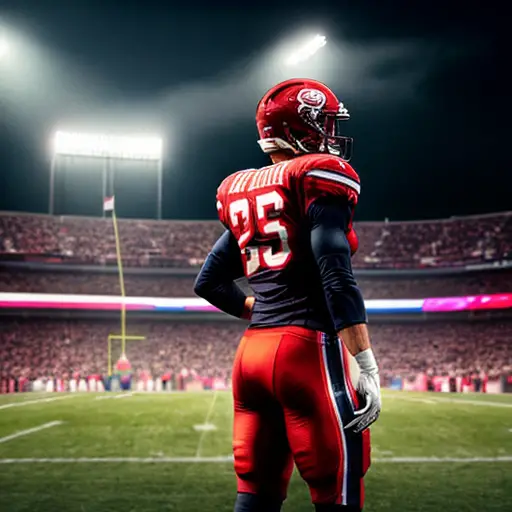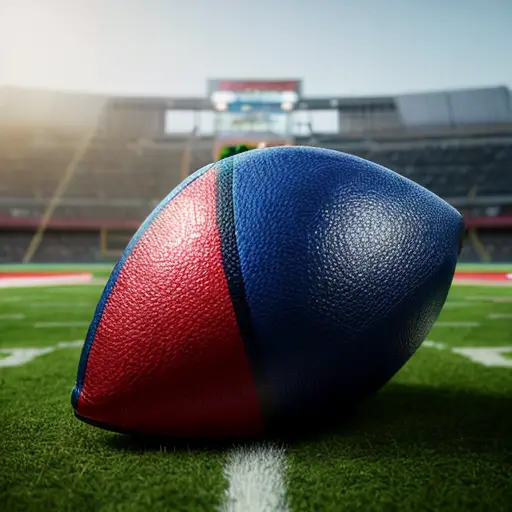The Inception of American Football
The Root of the Game: Tracing American Football’s Ancestry
Ah, the root of the game! Let’s set the time machine dial back to the hay-filled fields of the 19th century. It was a time when rugged folks traded their top hats for helmets and embraced a sport that had the grace of a bull in a china shop. The good old game of American football was birthed from a wild mix of rugby-style games and good old-fashioned menagerie of medieval European ball games. When exactly was American football first played, you ask? Well, let’s just say it was a time when smartphones were non-existent, and players could still enjoy a post-game feast without worrying about documenting every moment with a selfie. Now, grab your pigskin and let’s dive into this jolly journey back in time!
Rivalries on Campus: The Collegiate Origins of American Football
An interesting fact about when American football was first played is that contrary to popular belief, the first game of American football was not a violent, high-scoring affair, but rather a low-scoring soccer-style match. Played on November 6, 1869, at Rutgers University, the teams used a round ball and had no set field dimensions or rules in place at the time.
Ah, the origins of American football, a topic that stirs up rivalries on college campuses like a caffeine-fueled debate during finals week. Picture this: it’s the late 1800s, and colleges across the United States were starting to embrace this ‘new’ sport called football. Now, football back then was nothing like the spectacle we see today. It was more like a chaotic blend of rugby, soccer, and a really enthusiastic game of tag. But, here’s where the rivalry comes in – of course, it all started with good ol’ Princeton and Rutgers. Back in 1869, these two prestigious institutions squared off in the first-ever intercollegiate football game. Let’s just say it wasn’t quite the Super Bowl, with scores as low as our motivation to study on a Monday morning. As primitive as it may have been, that legendary clash laid the foundation for the glorious chaos we now know as American football. So, the eternal question remains: are you Team Princeton or Team Rutgers? Just kidding, I promise no punches will be thrown – at least until the next game day!
The Battle for Standardization: Early Attempts to Define the Sport

Ah, the Battle for Standardization: Early Attempts to Define the Sport, an epic tale from the annals of American football history. Picture this: it’s the late 19th century, a time when men with handlebar mustaches roamed the earth, and the sport we now know as American football was just a wild, untamed beast, itching to be corralled. We step into a world where burly men strapped on their leather helmets (if they even bothered with protective gear) and blindly charged into the chaos, as spectators cringed and winced simultaneously, unsure if they were witnessing a sporting event or a manly mosh pit gone wrong.
In these early days, there was no overarching set of rules or guidelines defining what this peculiar game truly was. Each region, each group of players, seemed to have their own interpretation of what constituted a touchdown, fair play, or, well, any semblance of order. It was like watching a perplexing dance, with one group pirouetting towards the end zone, while the other enthusiastically performed a spontaneous polka. Chaos reigned, my friends, far more than the rowdiness of even the craziest tailgating parties.
But fear not, for in this tumultuous arena of American football’s infancy, a few brave souls emerged to tackle the task of standardization head-on. Ernie’s Elaborate Edicts, as he was fondly called (well, at least I like to imagine that), stepped forward with his famous 10 Commandments of Football. Alas, these commandments were simply a list of vague suggestions, with statements like ‘Thou shalt not commit any fouls unless thou art feeling cheeky’ or ‘Verily, thou art encouraged to engage in intricate formations that would confuse even the most intelligent spectators.’
Another valiant attempt came from Reginald’s Regimen of Rules (quite the alliterative feat, if I do say so myself), who tried to instill order by declaring that a touchdown could be achieved by touching the ball to a conveniently placed teacup, specifically chosen for its exceptional aesthetic value. Needless to say, this vision of American football resembled more of a whimsical tea party gone askew than a serious sporting event.
And so, as football enthusiasts found themselves caught in this web of conflicting interpretations and nonsensical ideas, the need for standardized rules grew ever more apparent. And lo and behold, the year 1876 dawned upon us, and with it, the emergence of the Intercollegiate Football Association (IFA), a group determined to bring order to this chaotic sport. They worked tirelessly, hammering out rules and regulations, ensuring that America’s favorite pastime would become a symbol of gallantry, strategy, and occasionally, bruised egos.
However, the road to standardization was far from smooth. Debates erupted over trivial matters, such as whether teams should be allowed to use pigs’ bladders as balls or if it was more civilized to switch to inflated rubber instead. Passionate factions fought tooth and nail, some arguing that football should closely resemble a rugby match while others pushed for a more distinctive American identity.
Ultimately, after many heated debates, the IFA succeeded in establishing common ground and crafting the foundation upon which American football stands today. They wielded their pens like swords, drafting rules that dictated the exact dimensions of the playing field, how many downs were allowed, and even the heights of the goalposts. Their tireless efforts brought forth a game that balanced brute force with tactical prowess, a game that America could call its own.
So, the next time you tune in to watch a football game, take a moment to appreciate the pioneers who tirelessly battled the chaos, the myriad of oddities, and the absurdities that plagued this sport in its early years. After all, it is thanks to their determination that we can now enjoy watching grown men hurl themselves towards each other for our entertainment, all while shouting nonsensical words like ‘hut’ and ‘Omaha!’ Bless their hearts.
The Birth of Modern Gridiron: The NFL and American Football’s Evolution
Fun fact: American football was first played on November 6, 1869, between two college teams – Rutgers and Princeton. However, the game back then was significantly different from the modern version. There were no touchdowns, forward passes, or even standardized rules, but this historic match marked the beginning of what would eventually become one of America’s most popular sports.
Ah, the birth of modern gridiron – a tale as old as the very questionable fashion choices of footballers. Picture this: it was the late 19th century, and Americans found themselves in desperate need of a sport that combined their love for rugged athleticism with the fine art of strategizing. Enter American football, with its peculiar blend of pigskin, chaos, and excessive protective gear that would make even a medieval knight envious. The game had humble beginnings. Legend has it that the first-ever American football match took place on November 6, 1869, when the Princeton Tigers battled the Rutgers Scarlet Knights. And just like that, a new era of glorious touchdown celebrations, face-painted fanatics, and endless debates about deflate-gate was born. Who knew way back then that American football would evolve into its now unapologetically captivating and occasionally bizarre state? It’s safe to say the NFL owes its existence to those brave souls who decided to strap on helmets and chase after an oblong ball all those years ago.
Charlie is not your average man blogger. With a quick wit and a knack for finding humor in the most unexpected places, he brings a refreshing twist to the world of American football. Armed with his keyboard and a passion for the game, Charlie dives deep into the intricacies of the sport, dissecting plays, analyzing strategies, and sharing his unique perspective with his readers. Whether he's poking fun at the overzealous fans or cracking jokes about the players' pre-game rituals, Charlie's writing is guaranteed to leave you in stitches while still providing insightful commentary on the game he loves.









